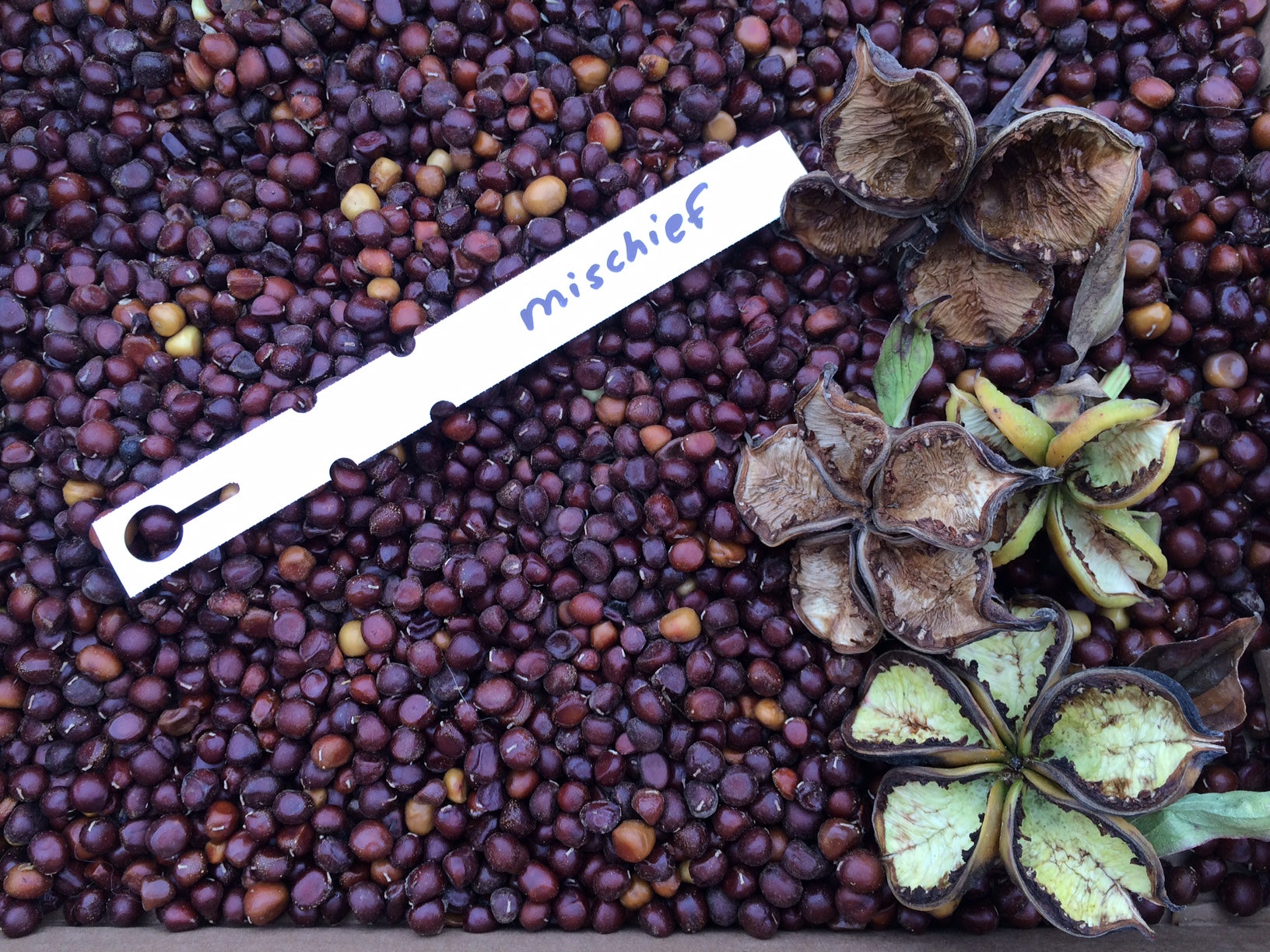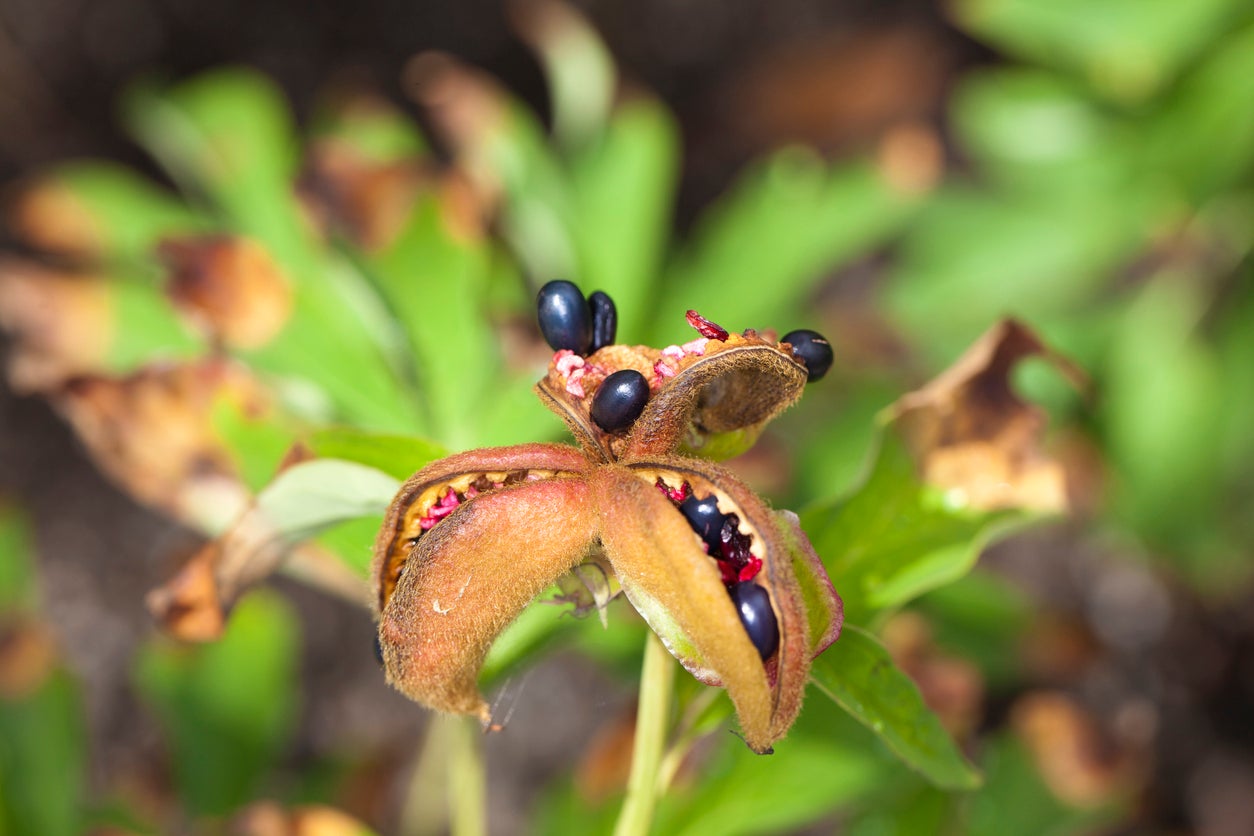Peony seeds require specific conditions to germinate and grow into healthy plants. Here’s a step-by-step guide:
Seed Preparation
Harvesting Seeds: Collect ripe peony seeds from mature plants. They are typically dark brown or black and enclosed in a leathery pod.
Sowing the Seeds
Potting Mix: Prepare a well-draining potting mix using a combination of peat moss, perlite, and compost.
Germination and Growth
Germination Period: Germination can take several weeks to months. Be patient and maintain optimal growing conditions.
Fertilizing Peony Plants
Proper fertilization is crucial for the healthy growth and blooming of peony plants. Here’s a fertilization schedule:
Early Spring

Application: Apply a balanced, slow-release fertilizer with a ratio of 10-10-10 around the base of the plant.
Late Spring
Application: Apply a second dose of slow-release fertilizer, focusing on phosphorus-rich formulas to promote flower development.
Avoid Over-Fertilization
Excessive fertilization can lead to lush foliage but fewer blooms. Follow the recommended dosage and avoid fertilizing during the dormant period.
Growing Peony Plants
Peony plants thrive in well-drained soil and full sun. Here are some tips for optimal growth:
Soil Preparation
Soil Type: Peonies prefer slightly acidic to neutral soil with a pH between 6.5 and 7.0.
Planting Depth

Planting Depth: Plant peony roots 2-3 inches deep, with the eyes facing upward.
Watering
Watering Frequency: Water the plants deeply and infrequently, allowing the soil to dry slightly between waterings.
Blooming Peony Plants
Peony plants typically bloom in late spring or early summer. Here are some tips to encourage abundant blooms:
Pruning
Deadheading: Remove spent blooms to prolong the flowering period and prevent seed formation, which can divert energy from future blooms.
Sunlight
Pest and Disease Control

Monitor for Pests: Keep an eye out for common pests like aphids, spider mites, and Japanese beetles.
Watering Peony Plants
Proper watering is essential for the health and blooming of peony plants. Here are some watering tips:
Watering Frequency
Deep Watering: Water the plants deeply and infrequently, allowing the soil to dry slightly between waterings.
Mulching
Peony Flowers
Peony flowers are prized for their beauty and fragrance. They come in a variety of colors, including white, pink, red, and yellow. Here are some tips for enjoying your peony blooms:
Cutting Flowers
Cutting Timing: Cut the flowers in the morning when they are fully open.
Drying Flowers
By following these guidelines, you can successfully grow and enjoy beautiful peony plants in your garden.
